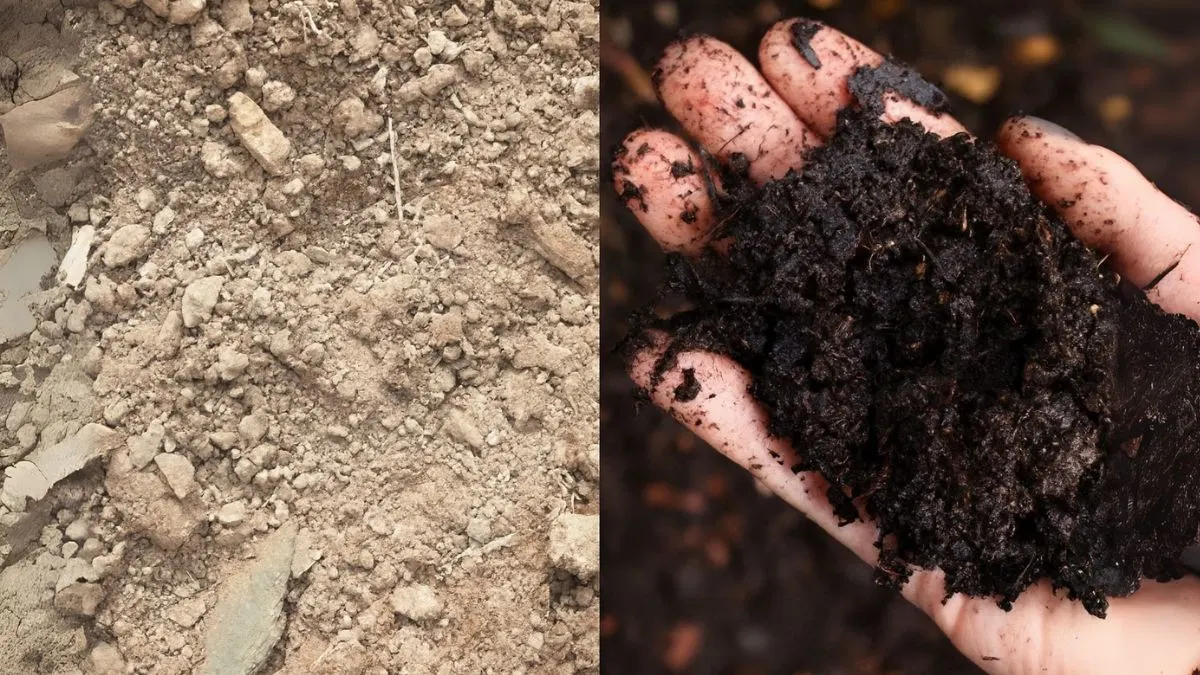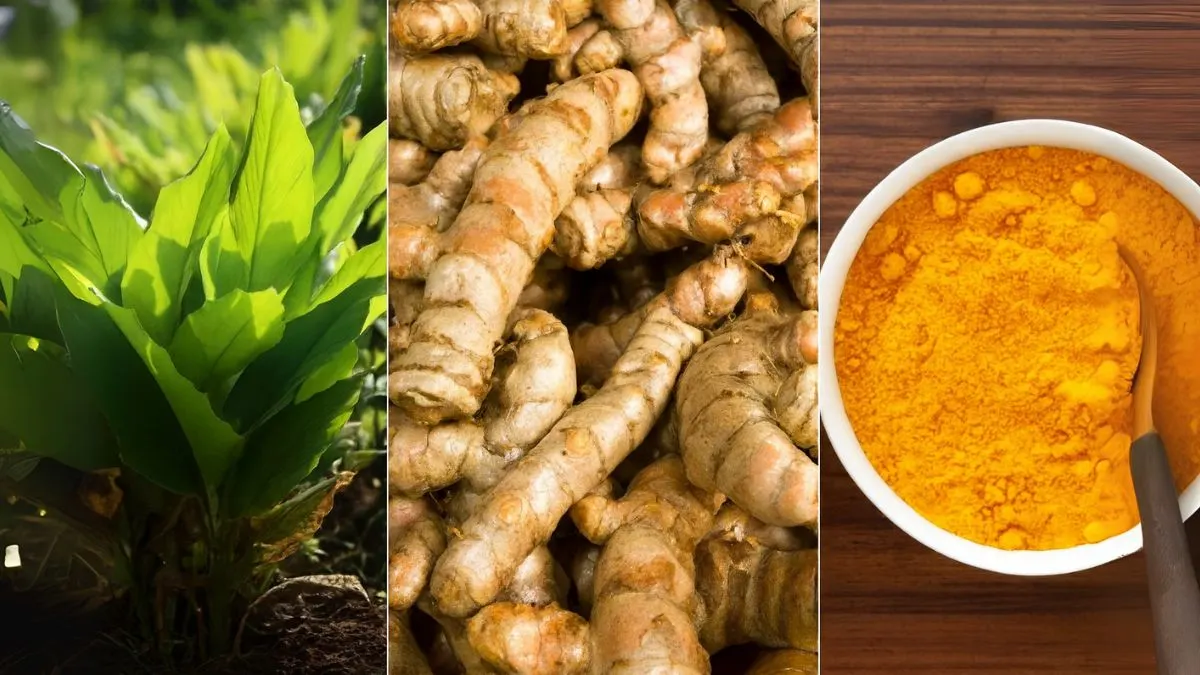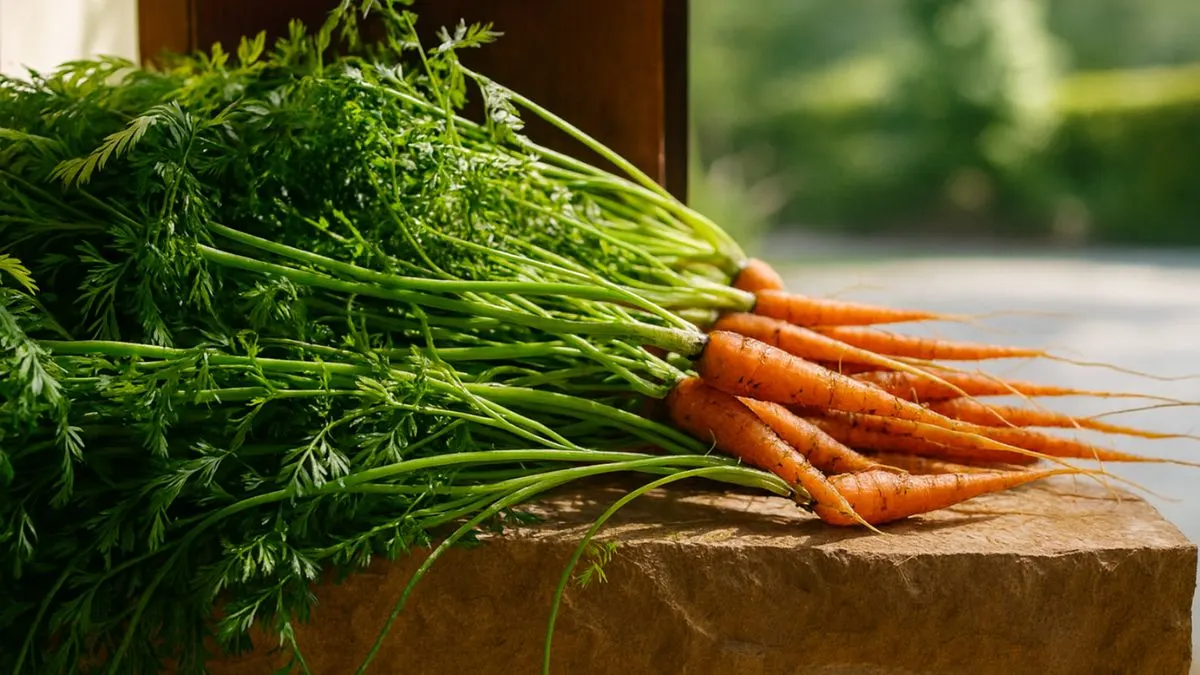Coffee is more than just your morning pick-me-up—it can also be your garden’s secret weapon. If you’ve ever wondered what to do with used coffee grounds instead of tossing them, you’re in for a treat. Rich in nitrogen, potassium, and other nutrients, coffee grounds can improve soil texture, encourage strong root development, and even keep certain pests at bay. Best of all, some flowers absolutely thrive when fed with coffee grounds.
Today, we’ll uncover 11 flowers that love coffee grounds and explain how this simple habit can boost blooms naturally—whether you’re gardening in Canada, the USA, or anywhere in the world.
Why Flowers Love Coffee Grounds
Coffee grounds are slightly acidic, making them perfect for acid-loving plants. They also help with water retention in sandy soils and improve drainage in clay soils. Over time, they release nutrients slowly, offering a steady source of food for plants.
-
Roses
Roses adore the gentle acidity and nutrient boost from coffee grounds. Sprinkling them around the base can enhance flower color, promote lush foliage, and help roses produce more buds. Just remember to mix the grounds into the soil to avoid mold buildup.
-
Hydrangeas
If you want your hydrangeas to shift toward those dreamy blue hues, coffee grounds can help. The acidity from the grounds can influence the flower’s color while enriching the soil for healthy growth.
-
Camellias
Camellias, known for their glossy leaves and striking blooms, thrive in acidic soil. Adding coffee grounds keeps their roots happy, encourages more abundant flowering, and supports year-round foliage health.
-
Azaleas
Azaleas love acidic soil and benefit greatly from coffee grounds. Regular application can help them maintain vibrant blooms and resist root rot by improving soil drainage.
-
Gardenias
Gardenias are picky plants but love a nutrient-rich, slightly acidic environment. Coffee grounds provide the perfect balance, helping these fragrant beauties stay healthy and bloom longer.
Also Read: The Surprising Science Behind Burning Bay Leaves for Calm & Focus
-
Lilies
Lilies appreciate the extra nitrogen from coffee grounds, which helps produce tall, strong stems and bigger flowers. Apply the grounds sparingly to avoid over-acidifying the soil.
-
Rhododendrons
Much like azaleas, rhododendrons are acid-loving shrubs. Coffee grounds help maintain soil pH, keep foliage green, and encourage a heavier bloom cycle.
-
Daffodils
Daffodils respond well to the nutrients in coffee grounds, especially in poor soil. This boost can lead to more vibrant flowers and stronger bulbs for the next growing season.
-
Irises
While irises don’t need heavy feeding, a sprinkle of coffee grounds in early spring can promote healthy root growth and produce more vivid flowers.
-
Marigolds
Marigolds love nutrient-rich soil, and coffee grounds can help deter pests like nematodes. This dual benefit makes them a great companion plant in the garden.
-
Sunflowers
Sunflowers need lots of nutrients to reach their towering heights. Coffee grounds provide an excellent slow-release source of nitrogen, ensuring robust growth and bright blooms.
Also Read: 5 Permanent Crops to Plant This Spring for Harvests That Last a Lifetime
How to Use Coffee Grounds for Flowers
| Method | Description | Best For |
| Direct Application | Sprinkle used coffee grounds around plant bases and gently work into the soil. | Established plants |
| Composting | Mix grounds into your compost pile for balanced organic matter. | All flower beds |
| Liquid Fertilizer | Steep grounds in water for 24 hours to make “coffee tea” for plants. | Container flowers |
Tips for Success
- Use used coffee grounds—fresh grounds are too acidic for most flowers.
- Don’t overapply; too many grounds can compact soil and block water flow.
- Combine with organic matter like leaves or mulch for best results.
Using coffee grounds in your garden is a simple, eco-friendly way to boost blooms naturally. From roses to sunflowers, these 11 flowers that love coffee grounds will reward you with healthier growth, brighter colors, and more abundant blossoms. Instead of tossing your coffee waste, turn it into a nutrient-packed gift for your garden.
Click here to read more such blogs on the Toronto Garden Book!



